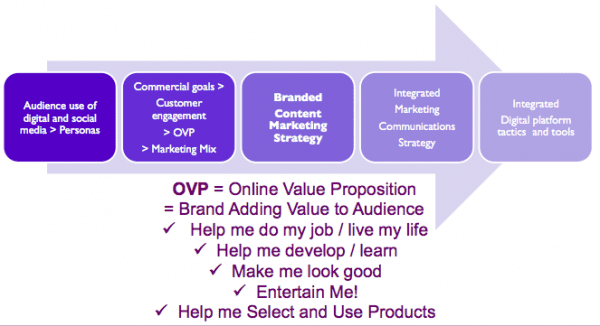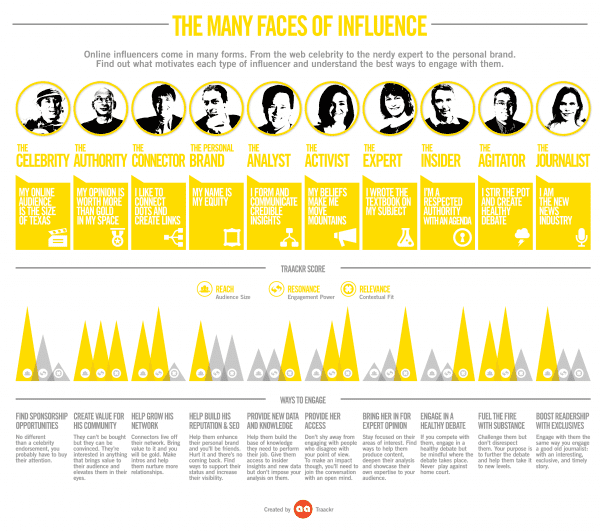Managing the Content Marketing Avalanche
Managing Content Marketing can often feel like getting caught in a relentless wave that you can’t fight against, so when speaking at the #B2Bconf from B2B Marketing managing this challenge is what I chose as my theme. I selected 10 key areas to help with planning in the year ahead based on the latest research and my experiences of content marketing.
Most who work within B2B Marketing have bought into the power of content marketing to create leads, indeed any marketer who has worked in B2B industries for some time will tell you that they practised Content Marketing before Joe Pulizzi and the Content Marketing Institute created the category.
In this post I’ll give a brief summary and recommendations based on the research and trends I covered in my talk with links to more detail. My Slideshare is embedded at the end of this post.
Trend 1: A planned, strategic approach
As with broader digital strategy, there now finally seems a recognition that a more planned, less ad-hoc approach is needed. The latest research from CMI looking at B2B marketers in the US shows that B2B seems to have relatively good identification of Content Marketing as a strategic approach.
Trend 2. Integrating content into the brand experience http://bit.ly/smartovp
To use content strategically requires it to be placed within a wider context of how it engages customers and how it supports a brand. Here I talked about where it fits with customer value proposition concept.

Trend 3. Structured evaluation of content
I explored our Content Marketing Matrix to show how you can plan future types of content to use. Hopefully you may have seen this already, it’s a “top tool”.
Trend 4. New content formats
In my talk I looked at new forms of evergreen content such as interactive assessments tailored to different personas such as our healthcheck or long-form reports such as the awesome Distilled Brandopolis which reviews how major consumer brands are using content marketing.
Trend 5. Smarter Evaluation using Analytics
I also explained the importance of attaching value to goals so that you can use measures such as Goal value per visit and Page Value to assess the relative effectiveness of different types of content and outreach. So, evaluation then covers all the VQVC metrics I talk about this article for The Marketer, not simply volume and sharing!
Trend 6. Marketing Automation integrating IP, web + email scoring
Here I talked about how Marketing Automation is becoming more sophisticated and gave the example of one technology provider, WOW Analytics is combining web and email lead scoring with IP lookup for more personal follow-up. See the example in the deck.
Trend 7 Increasing mobile support
A brief section, I looked at examples of mobile responsive campaign landing page design. The Salesforce example is in the Slideshare - this and the Google Nexus consumer landing pages inspired our #PlanToSucceed campaign page which is mobile responsive.
Trend 8 Expansion in paid media options
One of the attractions of content marketing is that potentially there is less need for paid media investments. That said, paid media gives opportunities for micro-targeting, for example within LinkedIn and we had a look at these - this matrix is a great way of reviewing the options - a more specific paid media option is shown in the deck.
Trend 9. Scaling influencer and partner outreach – tools and process
Creating content is scalable with the right plan and process in place. However marketing the content is less so, so marketers are looking to improve outreach.
Marketers will try to answer many of the tough outreach questions in 2014, such as… Do we invest enough time in this? Who is responsible for this? What is our process for influencer marketing? How do we segment influencers? How do contact priority influencers? How do we measure success? How do we scale this? Tools to manage?
Here’s one approach to influencer segmentation we covered on content outreach

Trend 10. Personalisation
Last, I talked about the need to get the Sell-Inform-Entertain balance right in 2014 with some examples!
Finally, here is the presentation. I hope these trends and examples inspire you to look at planning, managing and optimising.








